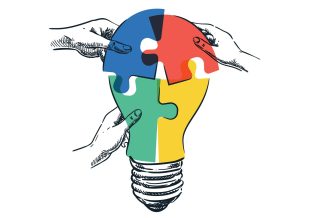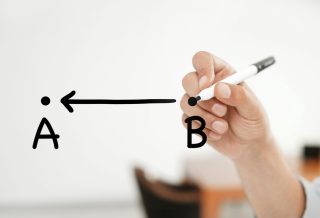FOCUS
The right blend
By Journey Websites Admin
Categories: Facilitation, Implementation, Learning communities, Learning designs, Online learning, Social & emotional learningAugust 2020
Vol. 41, No. 4
Read the remaining content with membership access. Join or log in below to continue.
Sed ut perspiciatis unde omnis iste natus error sit voluptatem accusantium doloremque laudantium, totam rem aperiam, eaque ipsa quae ab illo inventore veritatis et quasi architecto beatae vitae dicta sunt explicabo. Nemo enim ipsam voluptatem quia voluptas sit aspernatur aut odit aut fugit, sed quia consequuntur magni dolores eos qui ratione voluptatem sequi nesciunt. Neque porro quisquam est, qui dolorem ipsum quia dolor sit amet, consectetur, adipisci velit, sed quia non numquam eius modi tempora incidunt ut labore et dolore magnam aliquam quaerat voluptatem.
References
CASEL. (n.d.). What is SEL? Author. casel.org/what-is-sel
Center for Reaching & Teaching the Whole Child. (2020). Social, emotional, and cultural anchor competencies framework. crtwc.org/anchor-competencies-schema
Durlak, J.A., Weissberg, R.P., Dymnicki, A.B., Taylor, R.D., & Schellinger, K.B. (2011). The impact of enhancing students’ social and emotional learning: A meta-analysis of school-based universal interventions. Child Development, 82, 405-432.
Ferdig, R.E., Baumgartner, E., Hartshorne, R., Kaplan-Rakowski, R., & Mouza, C. (Eds). (2020). Teaching, technology, and teacher education during the COVID-19 pandemic: Stories from the field. Association for the Advancement of Computing in Education (AACE). www.learntechlib.org/p/216903
Fishman, B.J., Konstantopoulos, S., Kubitskey, B.W., Vath, R., Park, G., Johnson, H., & Edelson, D.C. (2013). Comparing the impact of online and face-to-face professional development in the context of curriculum implementation. Journal of Teacher Education, 64(5), 426-438.
Markowitz, N., Thowdis, W., & Gallagher, M. (2018). Sowing seeds of SEL. The Learning Professional, 39(4), 30-34.
Miller, J.B., Risser, M.D., & Griffiths, R.P. (2013). Student choice, instructor flexibility: Moving beyond the blended instructional model. Issues and Trends in Learning Technologies, 1(1). journals.uair.arizona.edu/index.php/itet/article/view/16464/16485
Penuel, W.R. (2015). Some key findings related to effective professional development in science: 1996-2014. Prepared for the Committee on Professional Learning, Council of State Science Supervisors. learndbir.org/resources/Some_Key_Findings_Related_to_Effective_Professional_Development_in_Science.pdf
Summers, L. (2010, November 10). Culturally responsive school library leadership [presentation]. TESOL, Columbus, Ohio
Wanless, S. & Winters, D. (2018). A welcome space for taking risks: Psychological safety creates a positive climate for learning. The Learning Professional, 39(4), 41-44.
Wheatley, M. (2003). When change is outside our control. www.margaretwheatley.com/articles/whenchangeisoutofcontrol.html
Wolpert-Gawron, H. (2020, June 2). Focusing on teacher engagement to improve professional development: A national survey provides ideas on how PD can be more aligned to teachers’ needs — even during a pandemic. Edutopia. www.edutopia.org/article/focusing-teacher-engagement-improve-professional-development
Yoder, N., Posamentier, J., Godek, D., Seibel, K., & Dusenbury, L. (2020). From response to reopening: State efforts to elevate social and emotional learning during the pandemic. CASEL. casel.org/wp-content/uploads/2020/06/State-Covid19-Response-CASEL-CFC.pdf
Categories: Facilitation, Implementation, Learning communities, Learning designs, Online learning, Social & emotional learning
Recent Issues
LEARNING DESIGNS
February 2025
How we learn influences what we learn. This issue shares essential...
BUILDING BRIDGES
December 2024
Students benefit when educators bridge the continuum of professional...
CURRICULUM-BASED PROFESSIONAL LEARNING
October 2024
High-quality curriculum requires skilled educators to put it into...
LEARNING TO PIVOT
August 2024
Sometimes new information and situations call for major change. This issue...












